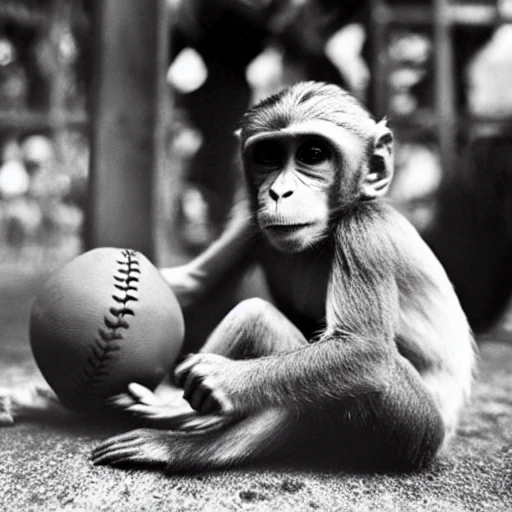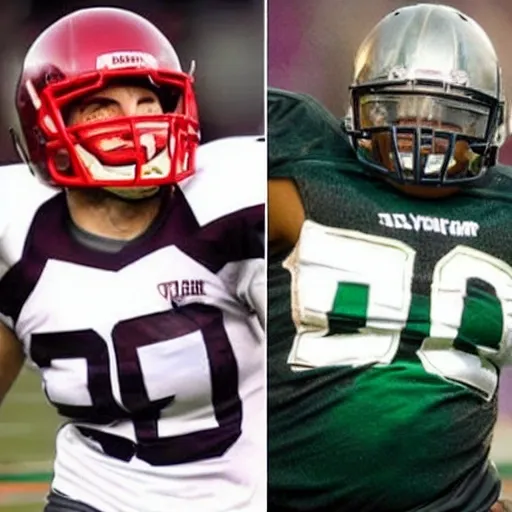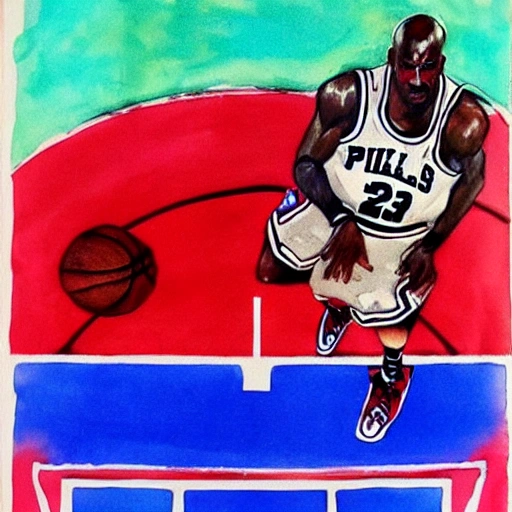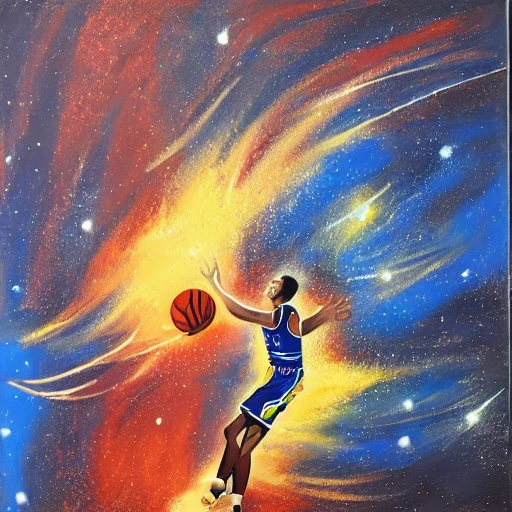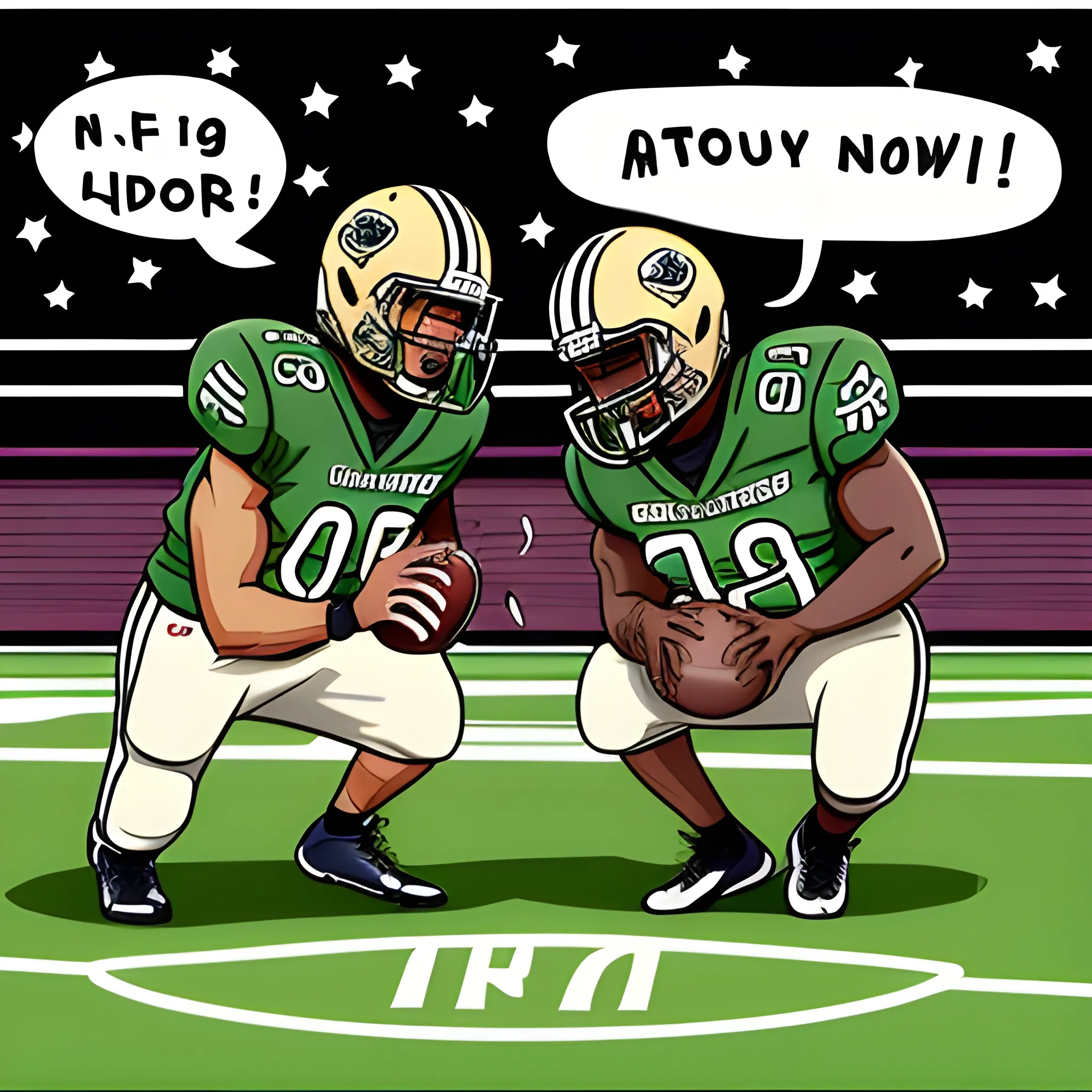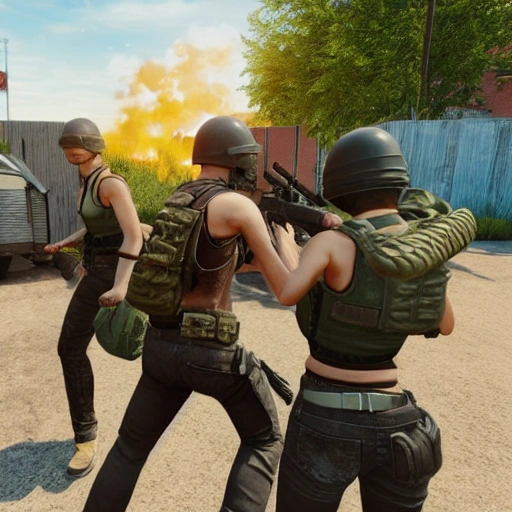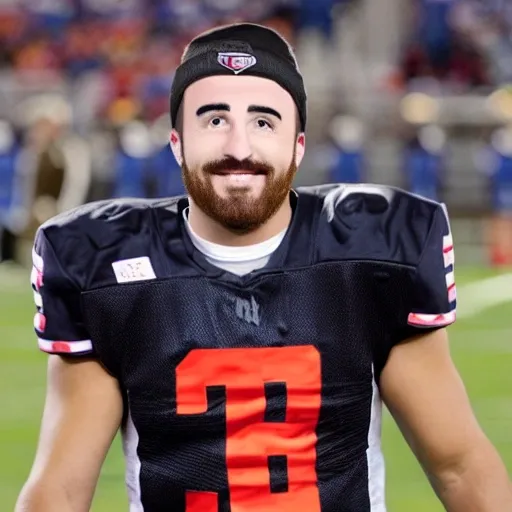Search Results for player
Explore AI generated designs, images, art and prompts by top community artists and designers.
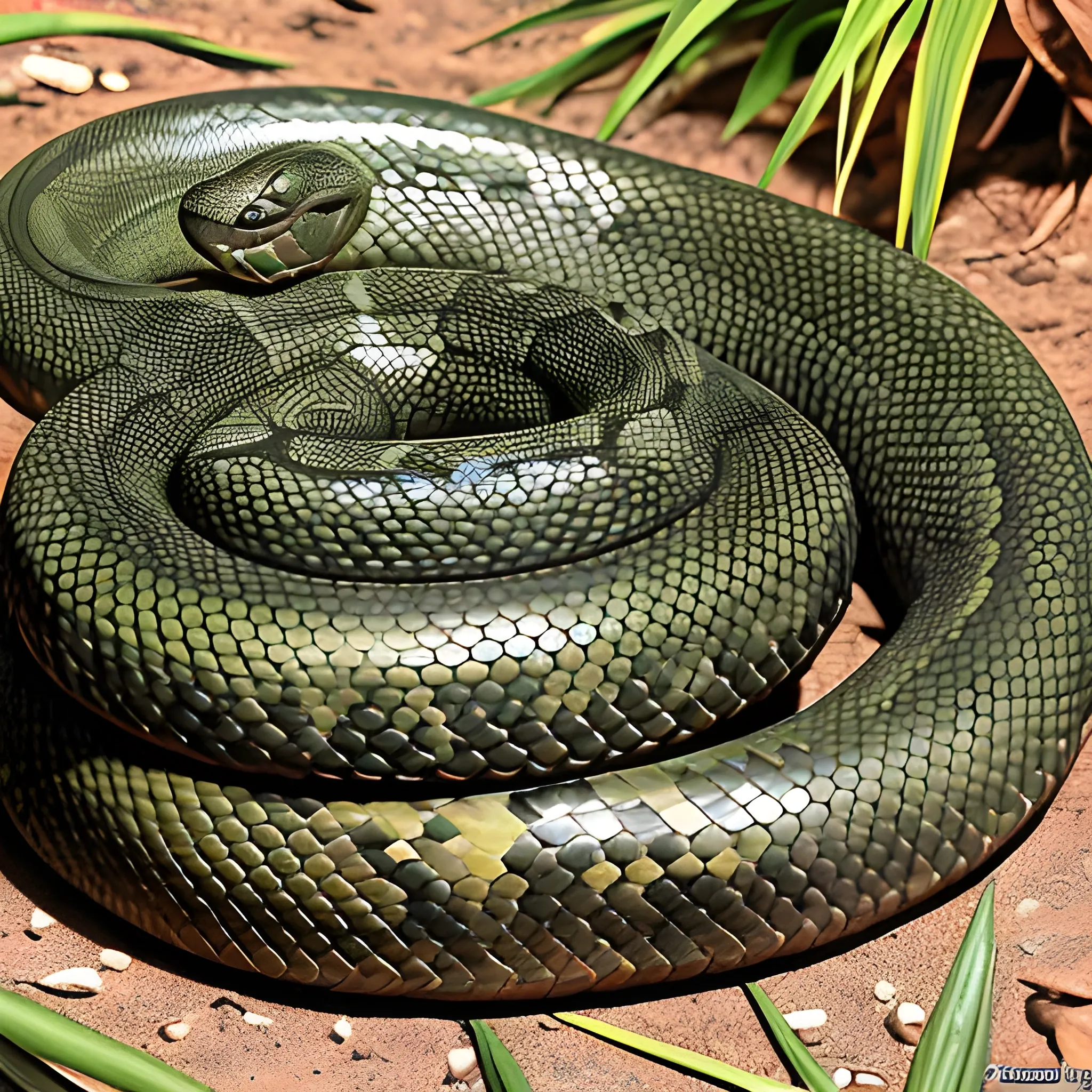
Appearance: The Constrictor Snake is a long and powerful reptile , known for its impressive ability to squeeze and suffocate its prey. It typically has a slender and muscular body , covered in scales that can vary in color from dull brown and green to vibrant patterns. Constrictor snakes have sharp , recurved teeth designed to grip and hold their prey as they constrict it. They are typically non-venomous and rely on their powerful constriction to subdue their victims. Features: The Constrictor Snake is a stealthy predator , relying on its keen senses to locate prey and ambush it. Its long , forked tongue allows it to taste the air and track potential food sources. Once it catches its prey , the snake coils around it , using its powerful muscles to squeeze and immobilize it. This method of hunting allows the snake to subdue prey larger than its mouth , as it doesn't need to swallow the victim whole. Habitat: Constrictor Snakes are found in a wide range of environments , from dense jungles and swamps to arid deserts and grasslands. They prefer warm climates and can be active both during the day and at night. In your DND world , they might inhabit untamed wilderness areas or hidden lairs , waiting for prey to pass by. Behavior: Constrictor snakes are generally solitary creatures , except during mating season. They are non-aggressive toward larger creatures , preferring to avoid confrontation when possible. When hunting , they rely on stealth and patience to surprise their prey. Their constriction technique is highly effective , allowing them to overpower and devour a variety of creatures. Role in the World: In your DND world , Constrictor Snakes could be a common predator in certain regions , often preying on small to medium-sized creatures. Druids and rangers might have a connection with these snakes , viewing them as symbols of balance in the natural world. Encountering a Constrictor Snake in the wild could be a challenging and potentially dangerous situation for adventurers. While they are not typically aggressive toward larger creatures , they may perceive humanoids as potential threats if they feel cornered or provoked. Players might need to exercise caution and use appropriate skills , such as animal handling or survival , to safely navigate through areas where these snakes are known to dwell. If adventurers find themselves facing a Constrictor Snake , they must be prepared for a battle of strength and wits , as the snake's constricting abilities can be deadly if not dealt with carefully. ,
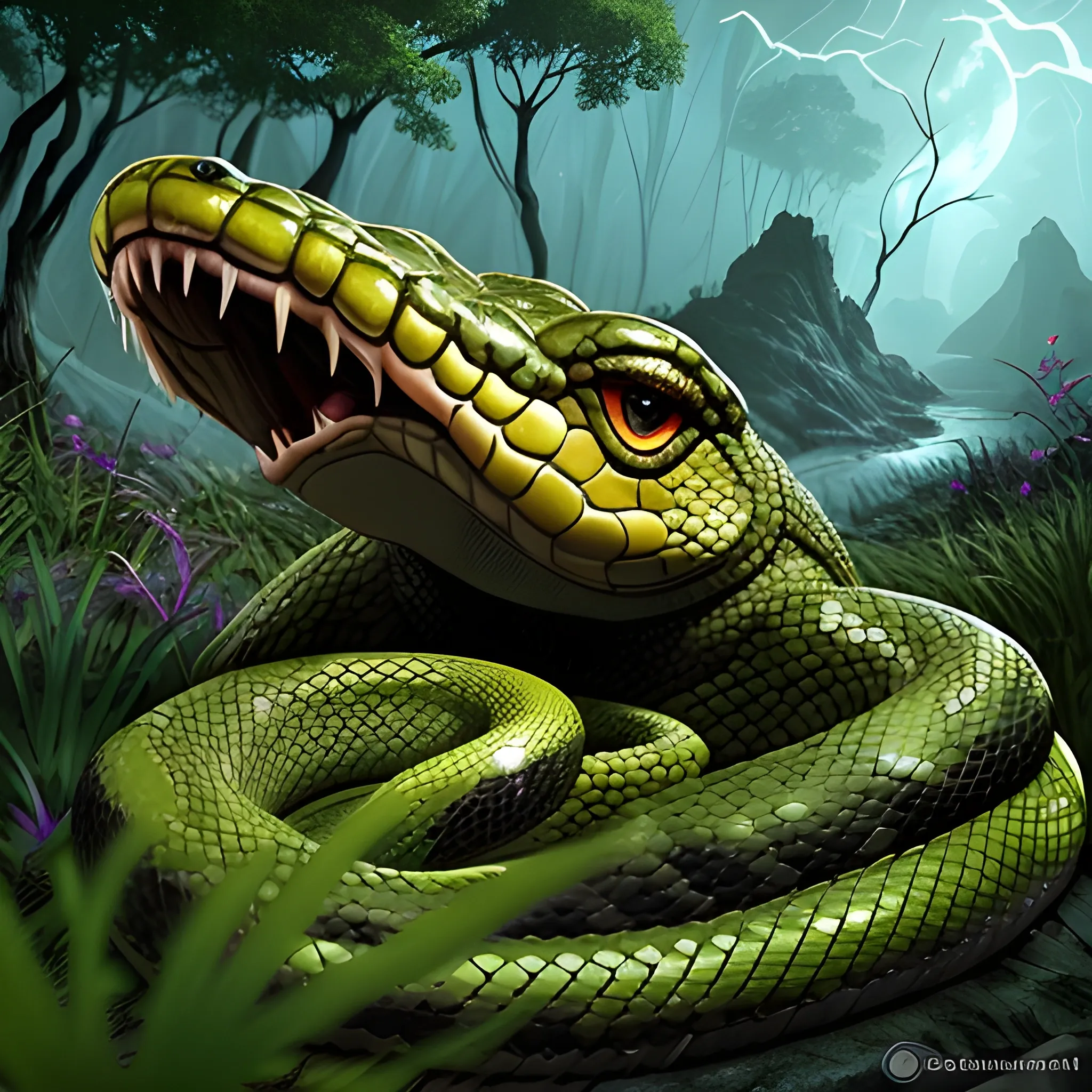
Appearance: The Giant Poisonous Snake is a massive and fearsome reptile , much larger than its smaller counterpart. It has a thick and muscular body , and its scales can have a range of colors , from mottled greens and browns to striking patterns that allow it to blend in with its surroundings. The snake's head is large and triangular , with a pair of long , hollow fangs through which it delivers its potent venom. Features: The Giant Poisonous Snake is known for its deadly venomous bite , which it uses to incapacitate and devour prey. Its venom is significantly more potent than that of its smaller cousin , making it a formidable threat to adventurers. A bite from a Giant Poisonous Snake can cause severe pain , paralysis , or even death , depending on the creature's size and resilience. Habitat: Giant Poisonous Snakes typically inhabit dense jungles , dark swamps , and other untamed wilderness areas. They prefer warm and humid environments and may be found in hidden lairs or lurking near water sources. In your DND world , they could guard sacred sites or serve as minions of malevolent beings. Behavior: Like their smaller counterparts , Giant Poisonous Snakes are stealthy predators , using their large size and camouflage to ambush prey. They strike swiftly and accurately , delivering their venom to immobilize their victims before consuming them. While generally non-aggressive , they may attack if they feel threatened or if potential prey ventures too close. Role in the World: In your DND world , Giant Poisonous Snakes could be apex predators in their habitat , feared and respected by other creatures. They might be associated with ancient legends or guarded by nature spirits. Druids and rangers might view them as symbols of balance and the wild's dangers. Encountering a Giant Poisonous Snake in the wild is a perilous and potentially deadly event for adventurers. The snake's venomous bite can have severe consequences , making quick thinking and decisive action essential to survive an encounter. Players must be well-prepared with protective spells , antidotes , or other means to counteract the venom's effects. The presence of Giant Poisonous Snakes in your campaign can create an atmosphere of danger and suspense , particularly in jungles or other untamed regions. Players will need to be vigilant and cautious during their explorations , as the looming threat of these massive venomous serpents adds an element of peril to their adventures. Giant Poisonous Snakes can serve as significant challenges for higher-level adventurers , reminding them of the dangers that still lurk even in seemingly familiar environments. ,
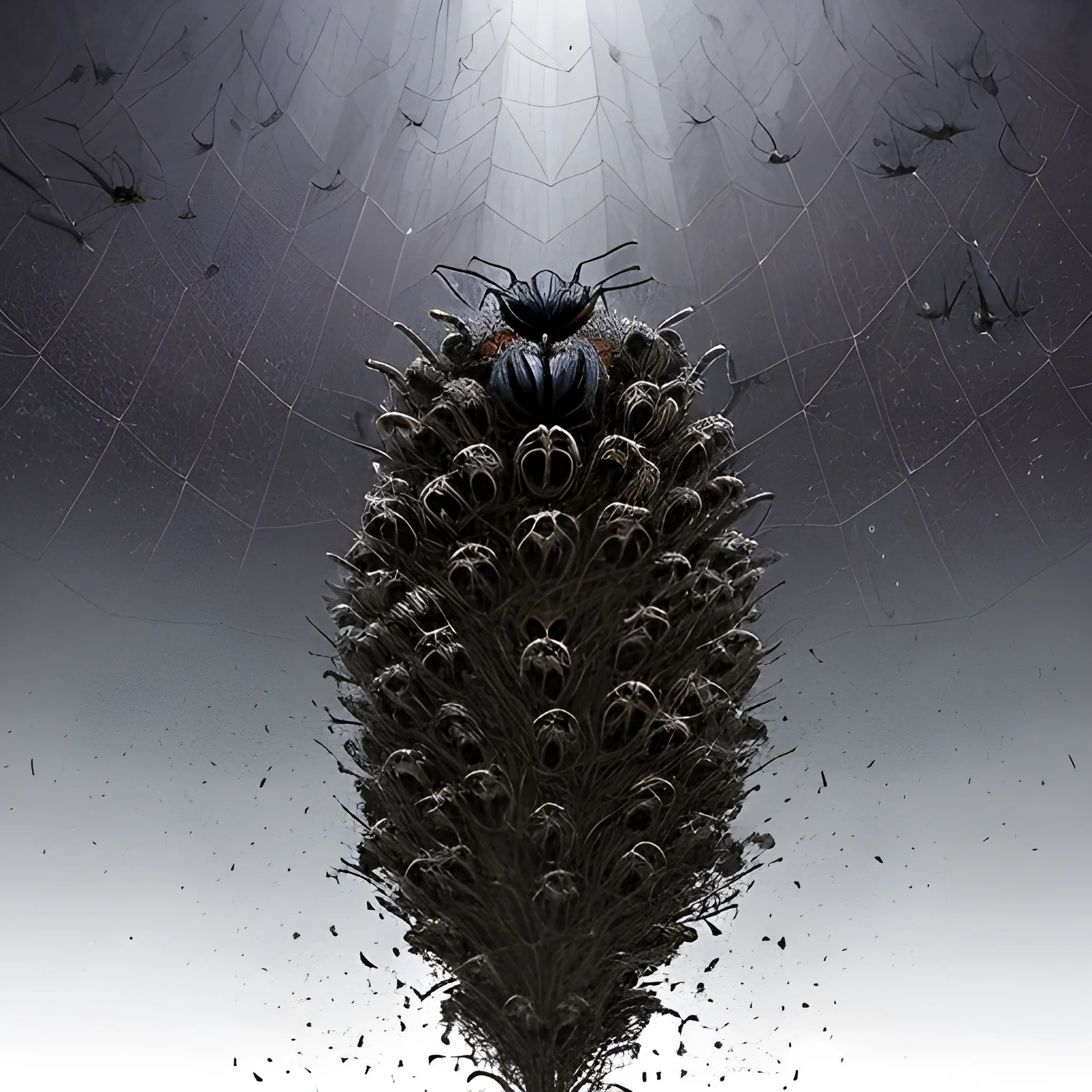
Appearance: A Swarm of Spiders is a horrifying and unsettling sight , as it consists of hundreds or even thousands of spiders working together as a single entity. The swarm appears as a writhing mass of crawling legs , forming a dark and undulating cloud of arachnids. The individual spiders in the swarm vary in size , but they are typically small , ranging from tiny spiders to larger ones with leg spans of a few inches. The swarm's color can range from a mix of dark browns and blacks to lighter hues , depending on the types of spiders comprising it. Features: The Swarm of Spiders moves with a coordinated fluidity , as if guided by an unseen intelligence. While each spider is relatively weak on its own , the collective strength of the swarm is overwhelming. The swarm is highly aggressive , attacking anything that comes within its vicinity. Its bite can deliver venom that , while not deadly , can cause pain , discomfort , and temporary paralysis. The swarm's sheer numbers can be its greatest advantage , allowing it to overwhelm and immobilize even larger creatures. Habitat: Swarms of Spiders are typically found in areas with a high concentration of spiders , such as dense forests , abandoned structures , or ancient ruins. They may inhabit dark and secluded places where their presence can go unnoticed until it's too late for unsuspecting intruders. Behavior: Swarms of Spiders are driven by instinct and the collective intelligence of the individual spiders that make up the swarm. They act as a cohesive unit , attacking en masse to subdue their prey and cocoon it in sticky webs. Swarms of Spiders can move quickly , scaling walls and surfaces with ease , which makes them challenging to escape from once they have engaged a target. Role in the World: In your DND world , Swarms of Spiders could be a terrifying threat lurking in the wild and dark corners of the land. They might be drawn to areas of powerful magic or necromantic influence , serving as guardians to forbidden places or the minions of evil spellcasters. The sight of a Swarm of Spiders can instill fear and panic in adventurers , as they face an unrelenting horde of venomous creatures. Encountering a Swarm of Spiders in your campaign can be a harrowing experience for adventurers. The swarm's ability to cover large areas and its relentless pursuit make it a deadly adversary. Players might need to think creatively to avoid or disperse the swarm , using spells , fire , or other area-of-effect attacks to fend off the spider horde. Additionally , the presence of Swarms of Spiders can create a sense of dread and trepidation , heightening the tension in areas where they are known to dwell , making players ever watchful for the signs of these arachnid hordes. ,





